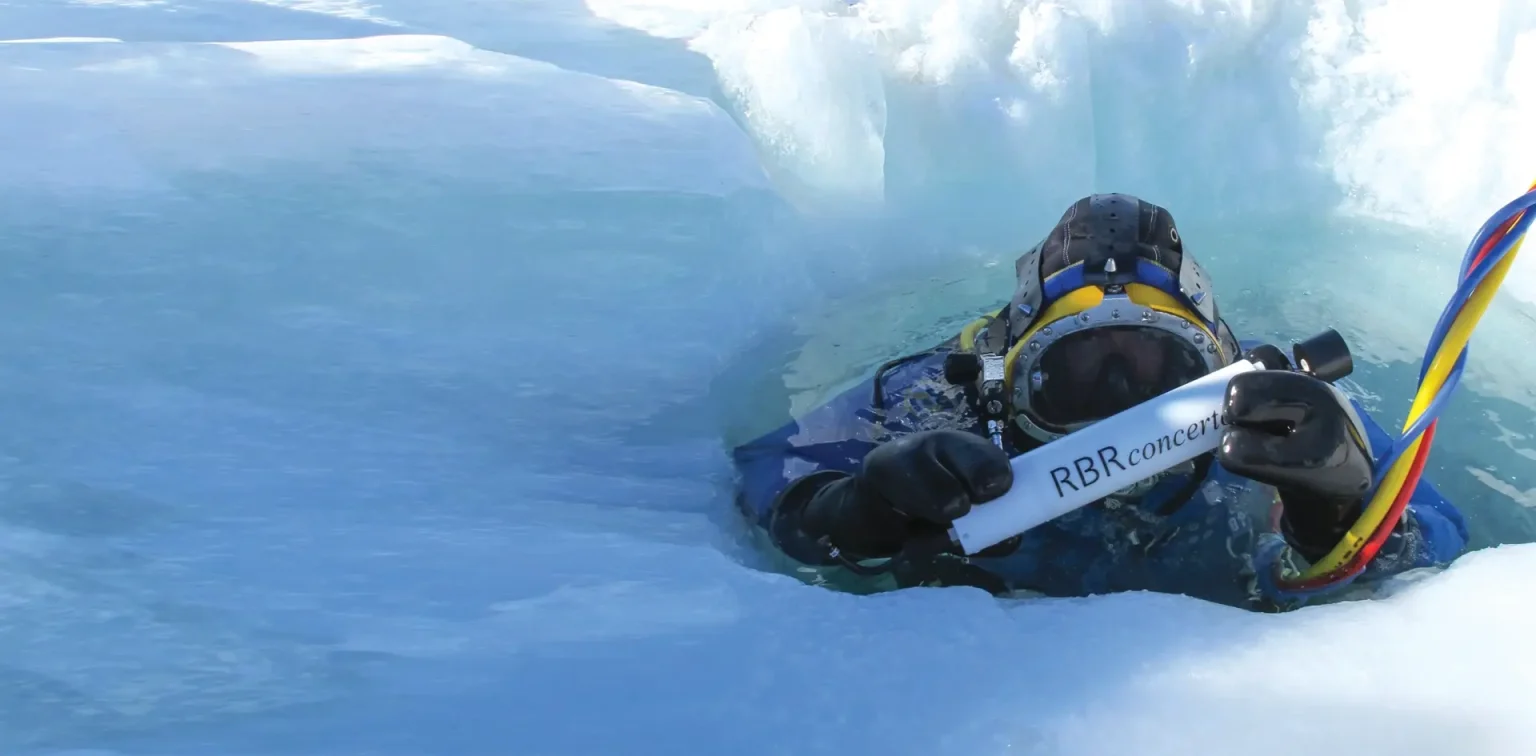Latest News
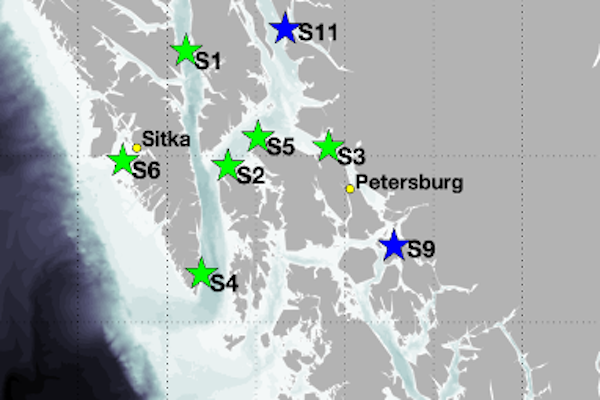
Trolling for data in Southeast Alaska
The ocean surrounding Southeast Alaska is a geomorphically complex area in the Northeast Pacific. Despite the complexities of this area and…

RBR’s 50th anniversary open house in Ottawa was a great success!
We’d like to extend a sincere thank you to everyone who attended our 50th anniversary open house in Ottawa on Wednesday,…
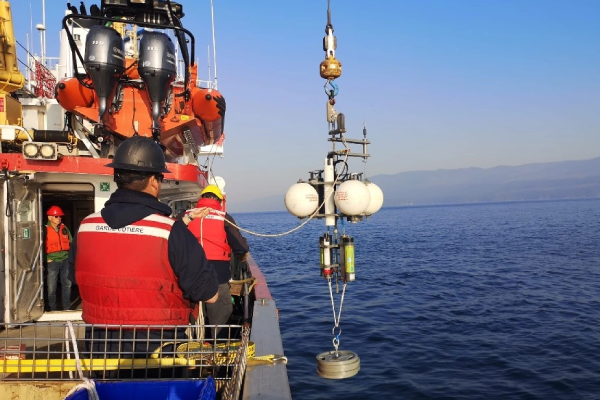
Monitoring sound in the Salish Sea: how scientists are trying to understand the decline of Southern Resident Killer Whales
The Salish Sea, located on the west coast of Canada, is bounded by the lower mainland of British Columbia to the…
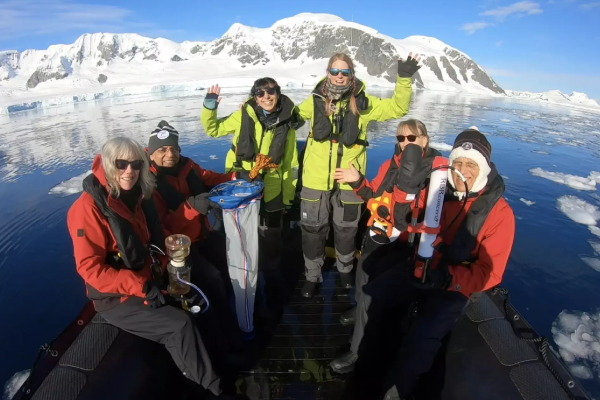
FjordPhyto: Citizen science in the Antarctic
Air and ocean temperatures have notably increased in the Antarctic since the 1950s, with publications finding that it is the third…

Celebrate with RBR at Ocean Business 2023
RBR is celebrating its 50th anniversary at Ocean Business 2023 in Southampton and you’re invited! Join us at stand D11 from…
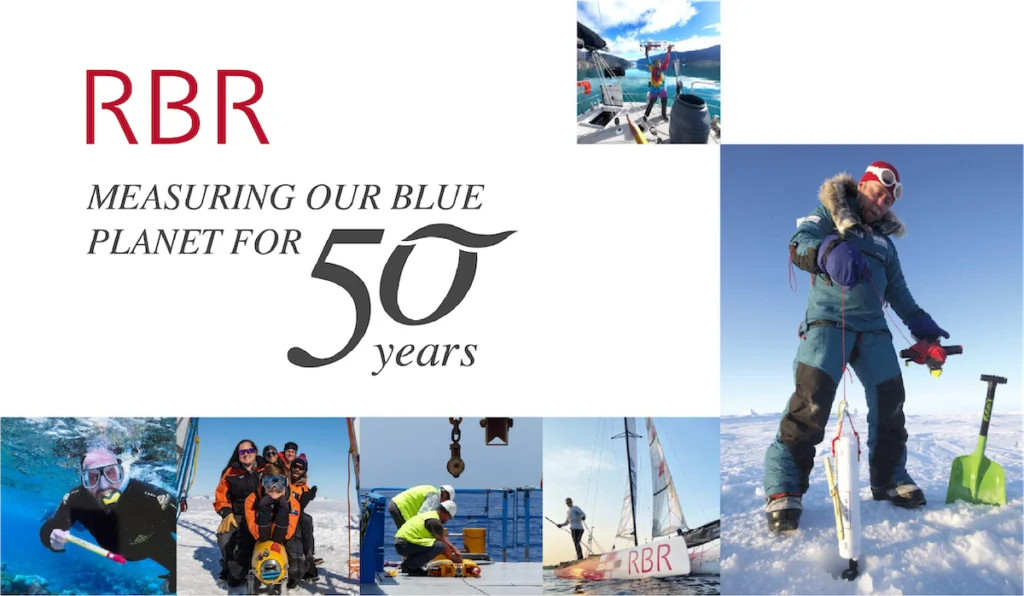
RBR celebrates 50 years of driving change
RBR is proud to celebrate its 50th anniversary of providing oceanographic sensors, instruments, and measurement systems to researchers around the world. Founded…
